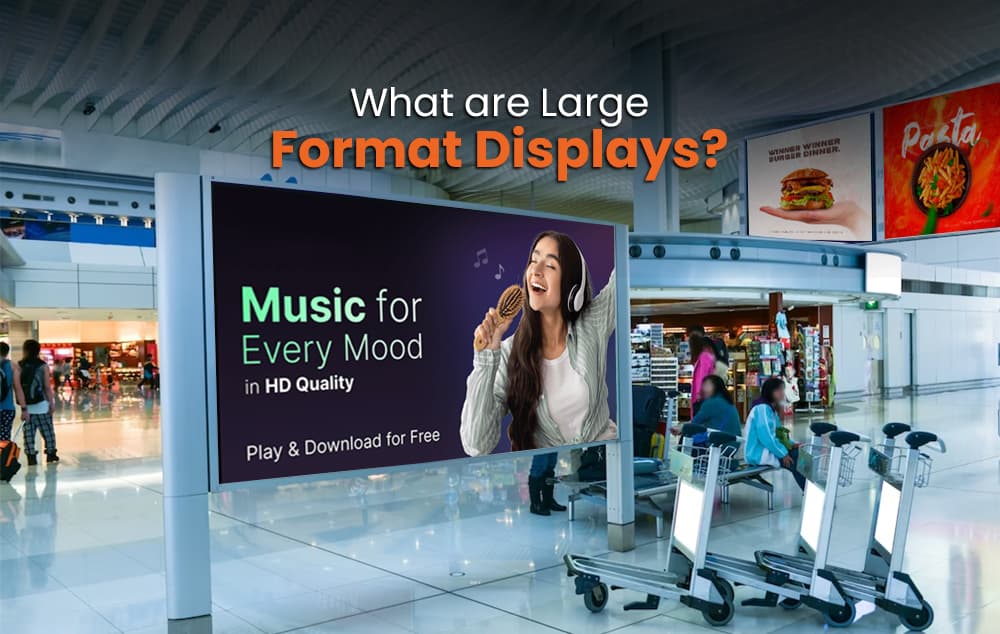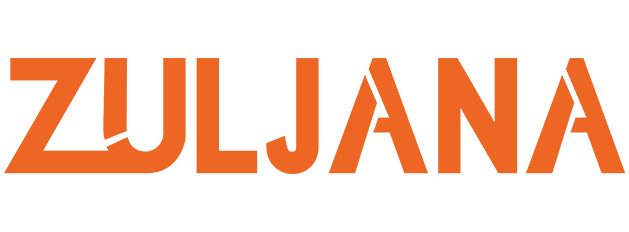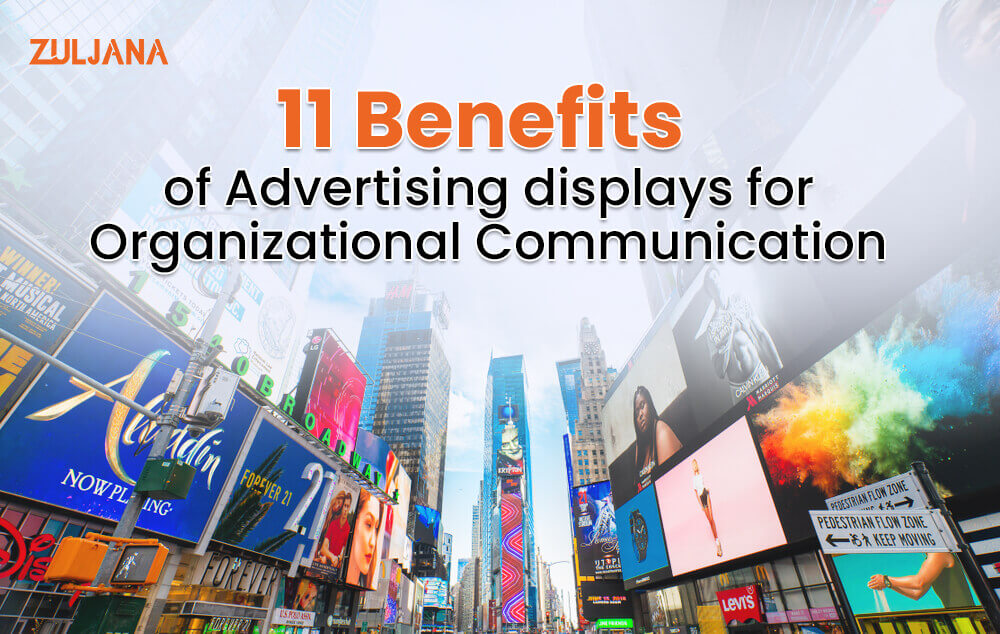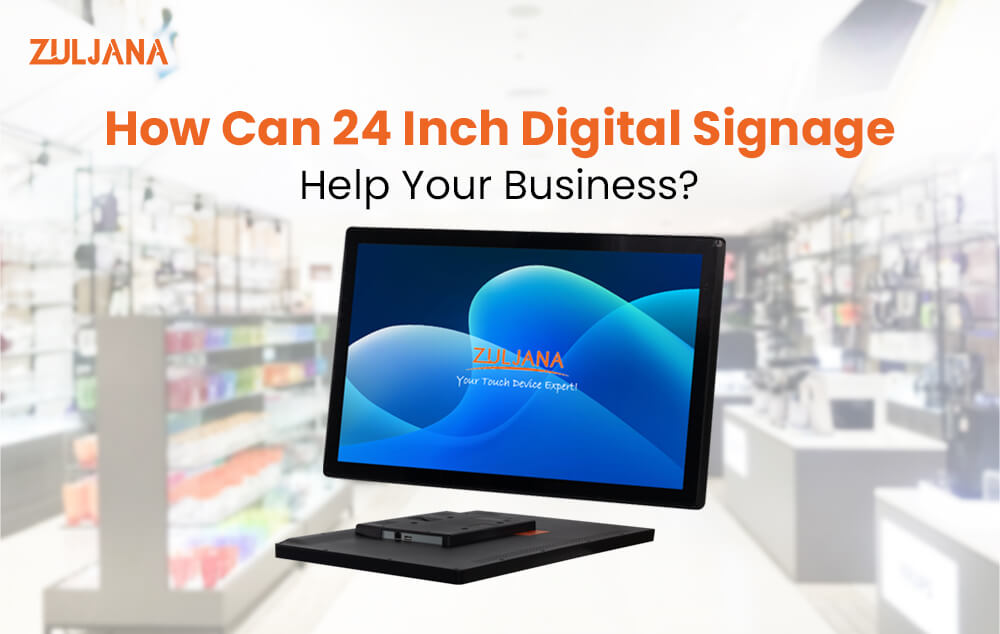
In today’s digital age, information and advertisements are all around us. From shopping malls to corporate offices, we encounter a wide variety of displays that deliver content to the masses. One such category of displays, known as Large Format Displays (LFDs), plays a crucial role in professional settings. In this article, we’ll delve into what LFDs are, their key features, applications, and how to select the perfect one for your specific needs.
What Is a Large Format Display (LFD)?
A Large Format Display, or LFD for short, is a specialized display product designed primarily for professional environments. Unlike smaller desktop monitors meant for personal use, LFDs are engineered to cater to a broader audience, making them ideal for applications like digital signage. These displays possess distinct characteristics that set them apart, including higher brightness, versatile connectivity options, robustness, and extended usage warranties.
Where Are LFDs Most Effective?
LFDs find their best use in environments where delivering information efficiently and robustly is of utmost importance. While regular TVs can serve a similar purpose, LFDs often outshine them in terms of availability and specifications, allowing them to overcome challenges posed by factors such as bright ambient lighting or heavy foot traffic.
Here are some key locations where LFDs prove highly effective:
- Quick Service Restaurants: Medium-brightness LFDs are commonly employed to showcase menu items and offer flexibility for real-time updates. Full outdoor displays are also used for drive-thru menus.
- High Street Retail: LFDs with high brightness levels excel in full daylight conditions, enabling retailers to attract passersby with enticing advertisements.
- Corporate Buildings: Various types of LFDs are used within corporate spaces, from wayfinding information displays at reception areas to collaborative screens in meeting rooms, all managed with content management software.
Important Features and Specifications of LFDs
When selecting an LFD, it’s crucial to consider specific features and specifications to ensure it aligns with your requirements. Here are some key factors to keep in mind:
- Size: Choose the right display size based on factors like viewing distance and visual impact.
- Resolution: Higher resolution offers better image quality and detail, especially critical in applications like medical imaging.
- Brightness: LFDs come with increased brightness to combat high ambient light conditions, but it’s essential to strike a balance between brightness, contrast, and color reproduction.
- Color: Achieving precise color reproduction can be challenging with higher brightness, but advancements in LED backlight technology are narrowing this gap.
- Connectivity: Ensure that the LFD has the necessary connectivity options to interface with various devices, including laptops and video conferencing systems.
Considering Ergonomics and Environmental Factors
Ergonomics, including the depth and bezel size of the display, are essential for seamless installation and room aesthetics. Additionally, environmental factors like weather resistance and high foot traffic should be addressed. For outdoor displays, weatherproofing is critical, while those in fast-food restaurants may require additional treatments to minimize failures.
Selecting the Right Technology for Your Needs
The choice of display technology depends on your specific usage requirements and environmental factors. OLED displays, for example, offer slim profiles and deep blacks but may have limited brightness. On the other hand, LCDs backlight with LED arrays provide higher brightness levels, making them suitable for environments with abundant ambient light.
Interacting with LFDs
Viewers can interact with LFDs in various ways. IP asset management software enables remote interaction, while screen mirroring allows peer-to-peer connectivity with compatible devices. For a more hands-on approach, touch functionality is an option, with technologies like Infrared, Projective Capacitive, and In-Glass IR offering different touch experiences.
Avoiding Pitfalls
To ensure a smooth LFD experience, it’s crucial to select the right display technology that aligns with your application, budget, and needs. Avoid common pitfalls by considering factors like color reproduction, brightness, and the ability to handle high-resolution content.
Conclusion
Large Format Displays (LFDs) are the go-to choice for professional environments where delivering information and content to a wide audience is paramount. By understanding their key features, specifications, and applications, you can make an informed decision when selecting the right LFD for your specific needs. Whether it’s a quick-service restaurant, a high street retail store, or a corporate building, LFDs offer the versatility and robustness required to excel in diverse settings.
Note: You can also read Stretched Bar LCD vs Traditional LCD




